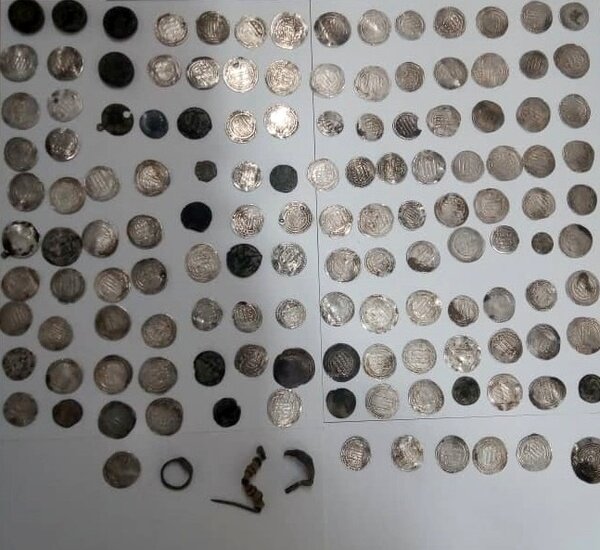Ancient relics recovered in western Iran

TEHRAN – Iranian police have recovered 138 historical relics from an antique dealer who was illegally keeping them at his place in the western Kermanshah province.
The police discovered the relics after cultural heritage aficionados told its forces about the unlawful activity of an antique dealer, police discovered the relics, CHTN quoted a senior police official in charge of protecting cultural heritage on Tuesday.
The relics, which include coins, rings, pendants, and hairpins, are estimated to date back to different eras including the first millennium BC, Sassanid period (224–651), and the early Islamic era, Hassan Mehri said.
The culprit was surrendered to the judicial system for further investigation, the official added.
Kermanshah embraces a variety of awe-inspiring historical sites, of which Bisotun and Taq-e Bostan are both on the UNESCO World Heritage list.
Kermanshah was founded in the 4th century CE by Bahram IV of the Sassanid dynasty. Conquered by the Arabs in 640, it was called Qirmasin (Qirmashin). Under the Seljuk rule in the 11th century, it was the chief town of Kordestan. The Safavids (ruled 1501–1736) fortified the town, and the Qajars repulsed an attack by the Turks during Fath Ali Shah’s rule (1797–1834). Occupied by the Turkish army in 1915 during World War I, it was evacuated in 1917. The construction of a road in the 1950s over the age-old Khorasan track added considerably to the importance of the city.
ABU/AFM
Leave a Comment